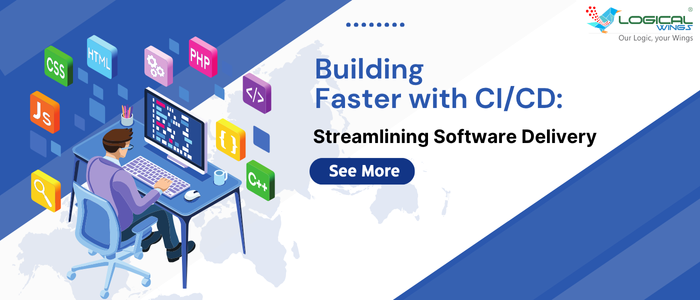Building Real-Time Dashboards with Laravel and Node.js Using WebSockets
Table content Why Real-Time Dashboards Matter? Definition and Purpose of Real-Time Dashboards A real-time dashboard is a user interface that displays live, continuously updated data using technologies like WebSockets for instant updates. Purpose Example Use Cases Why Node.js and Not Other Technologies? Comparison with Other Technologies: Architectural Overview The architecture integrates Laravel for backend logic and event broadcasting, while Node.js with WebSockets ensures seamless real-time communication. This decoupled system enables scalable, low-latency dashboards ideal for live data monitoring and user interactions for Laravel and Node.js development. Data Flow Integration Approach MySQL Laravel Node What is socket. on Example What is socket.emit Example What is setInterval? Example setInterval(() => { const query = db.query(‘SELECT * FROM entries WHERE id > ?’, [latestEntryId]); … }, 1000); Key Challenges When to Use This Approach Conclusion Discover how to create real-time dashboards using the powerful combination of Laravel, Node.js, and WebSockets. This blog guides developers through building a responsive dashboard that delivers live updates without refreshing the page—ideal for data monitoring, user activity tracking, or IoT dashboards. By leveraging Laravel development as the core backend API and integrating WebSockets via Node.js, you’ll learn how to push instant data to the frontend, improving user experience and system interactivity. This tutorial, as a blog, also covers key setup steps, broadcasting events, handling socket connections, and best practices for seamless real-time performance. If you’re a web developer working on enterprise dashboards or building custom analytics solutions, this approach ensures fast, scalable, and interactive user interfaces. Contact us at: +91 9665797912 Email us: contact@logicalwings.com Website: https://logicalwings.com/
Building Real-Time Dashboards with Laravel and Node.js Using WebSockets Read More »
Technology, Uncategorized
